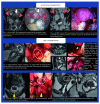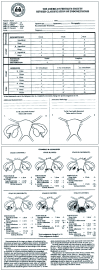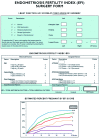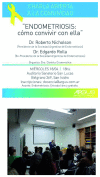Endometriosis: advances and controversies in classification, pathogenesis, diagnosis, and treatment
- PMID: 31069056
- PMCID: PMC6480968
- DOI: 10.12688/f1000research.14817.1
Endometriosis: advances and controversies in classification, pathogenesis, diagnosis, and treatment
Abstract
Endometriosis is an enigmatic disease that could start at birth. Its pathogenesis is supported by different theories. Accumulating facts relate it to a multigenic disorder. In this review of recent publications, the principal symptoms of the disease, pain and infertility, as well as its pathogenesis, diagnosis, and classification will be addressed. Endometriosis presents three main variants: superficial peritoneal disease, deep infiltrating endometriosis, and ovarian endometriomas. The management of the disease, surgery, and medical and alternative therapies will be discussed. Special reference will be made to the quality of surgery and how to understand patients with endometriosis and endometriosis.
Trial registration: ClinicalTrials.gov NCT01656434 NCT01728454 NCT01931670 NCT03204318.
Keywords: endometrosis deep infiltrating endometriosis pain infertility.
Conflict of interest statement
Competing interests: The author has been a principal investigator for the following clinical trials: Proellex, Elagolix, Relugolix, MVT 601 3101, and NOMAC.No competing interests were disclosed.No competing interests were disclosed.No competing interests were disclosed.No competing interests were disclosed.
Figures












References
-
- Guerriero S, Mais V, Ajossa S, et al. : The role of endovaginal ultrasound in differentiating endometriomas from other ovarian cysts. Clin Exp Obstet Gynecol. 1995;22(1):20–2. - PubMed
Publication types
MeSH terms
Associated data
LinkOut - more resources
Full Text Sources
Other Literature Sources
Medical

